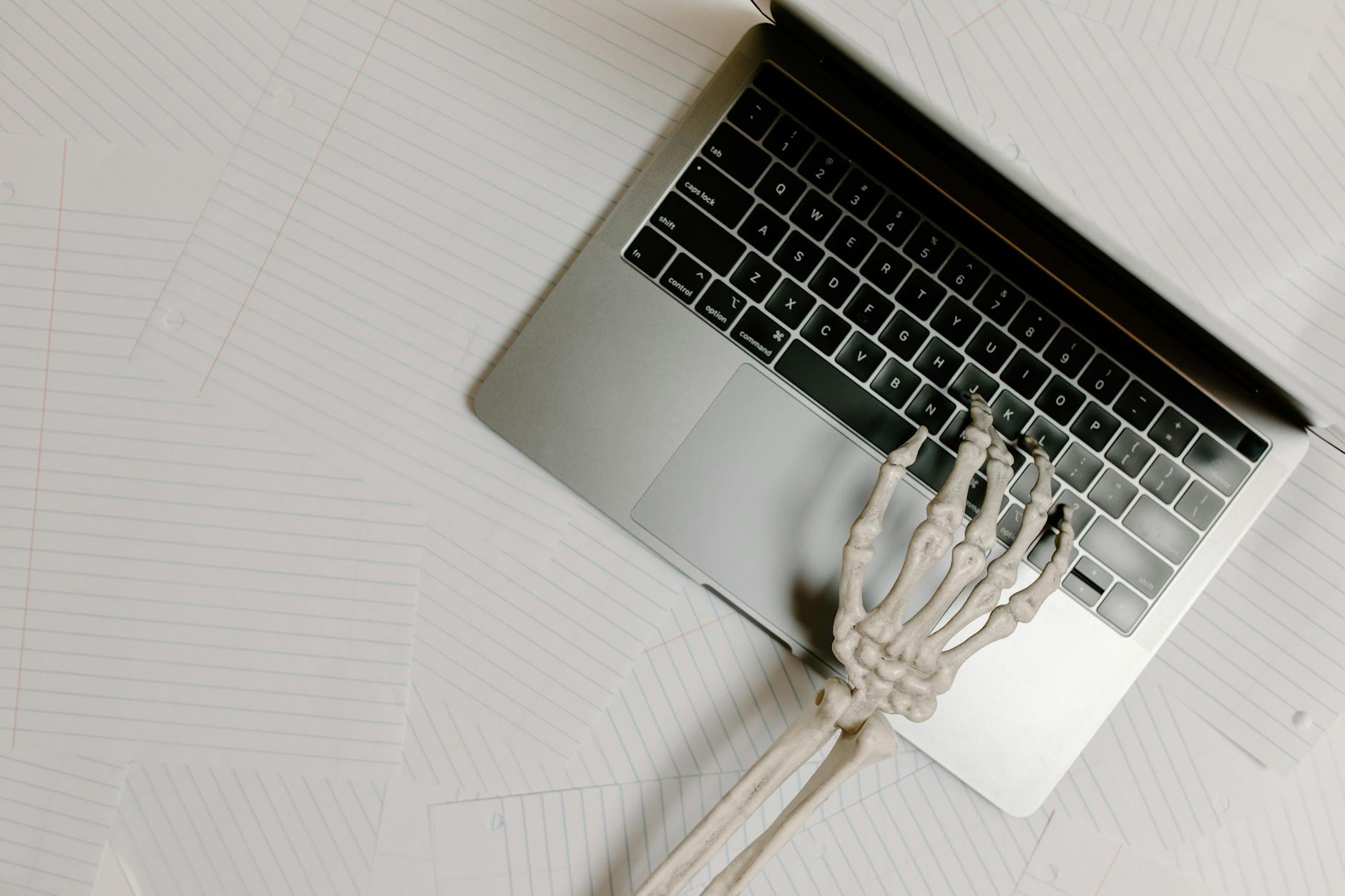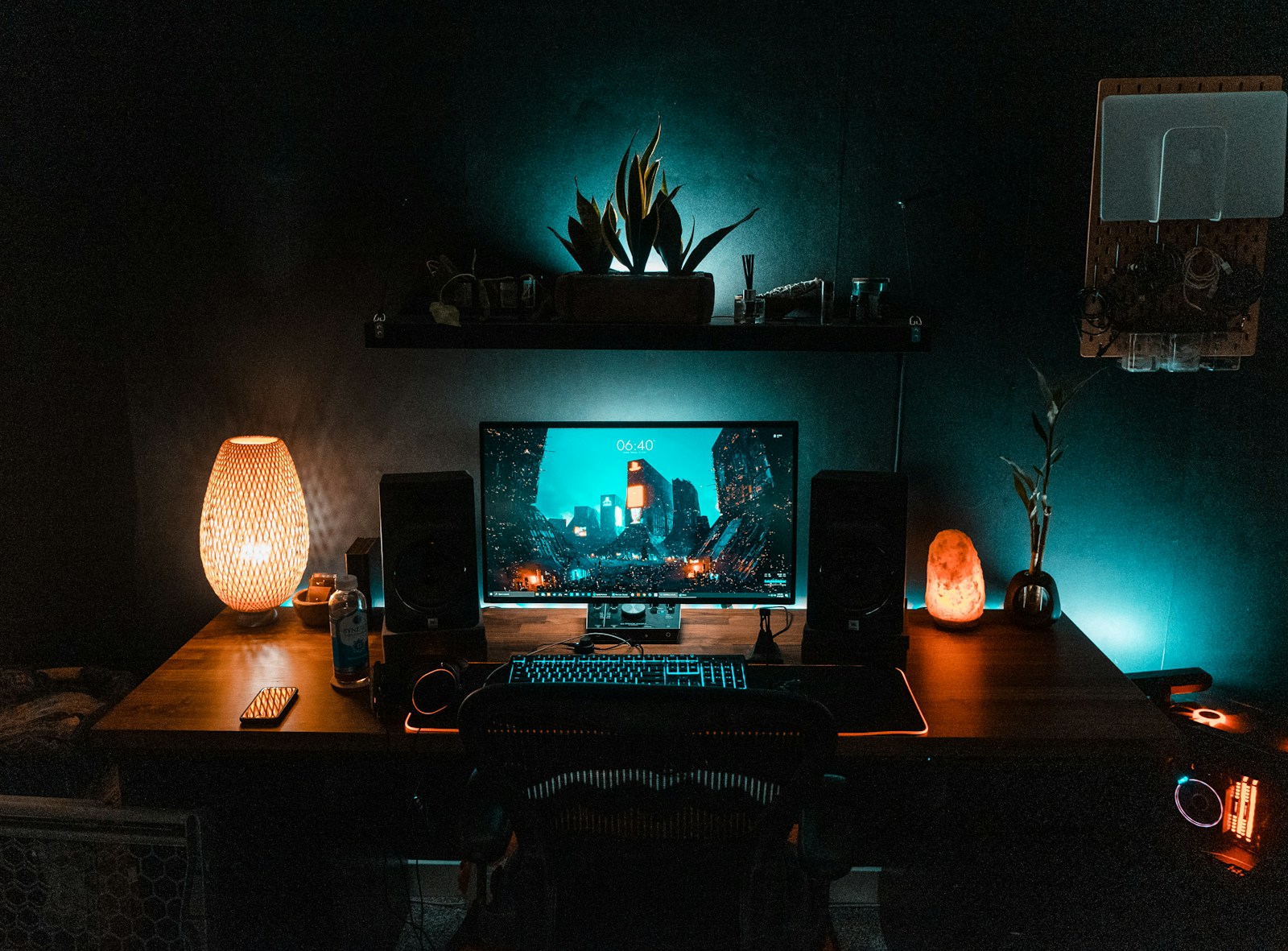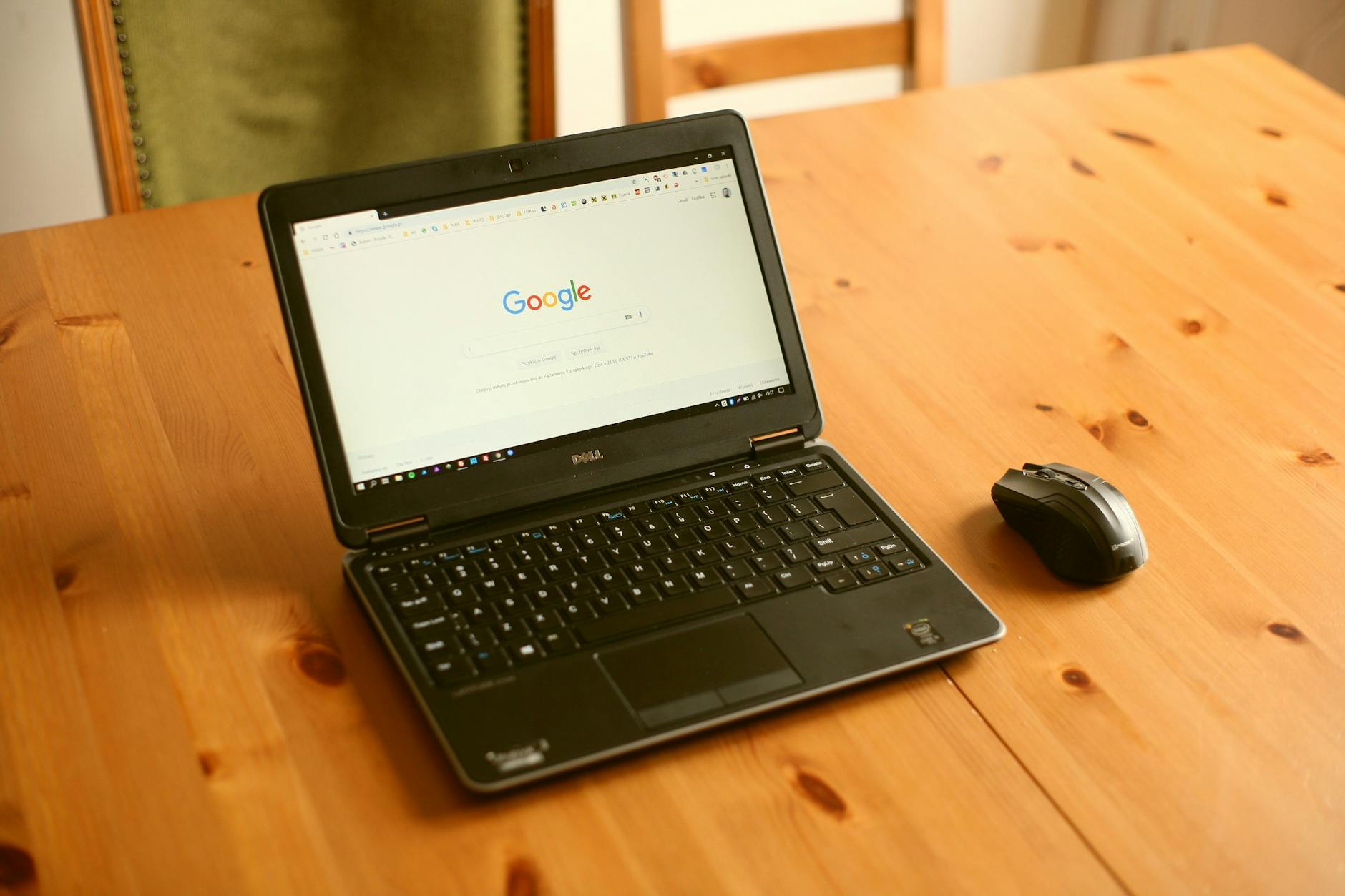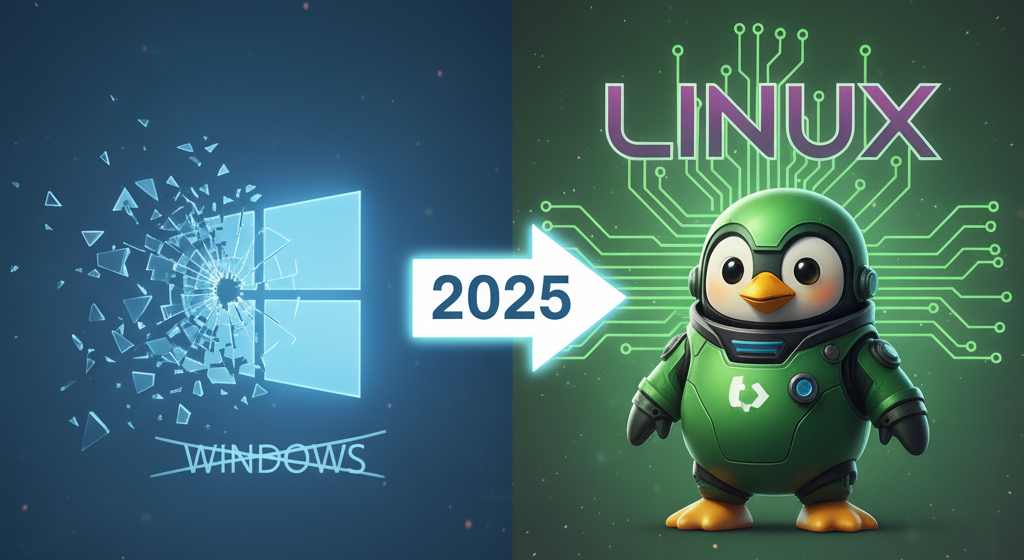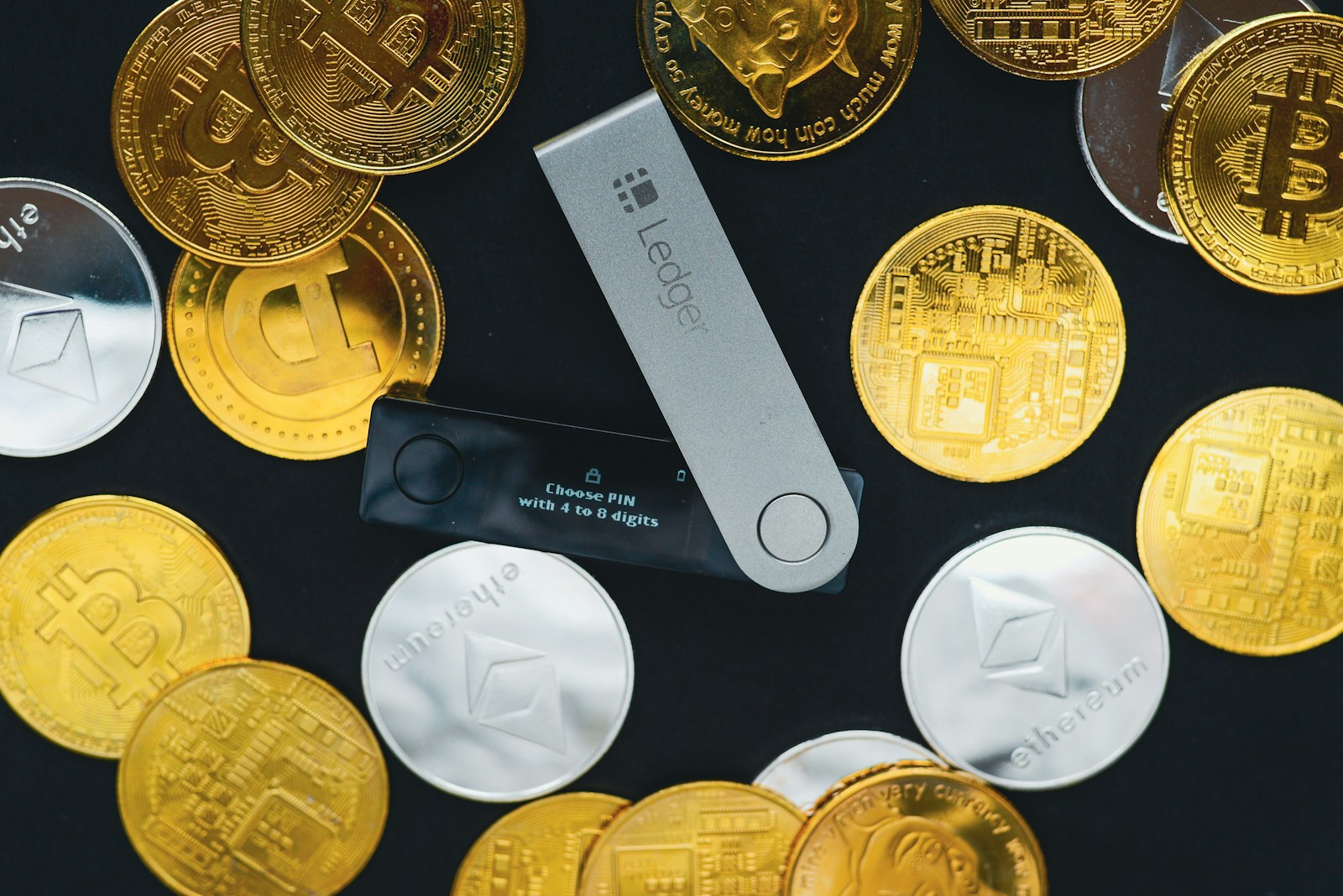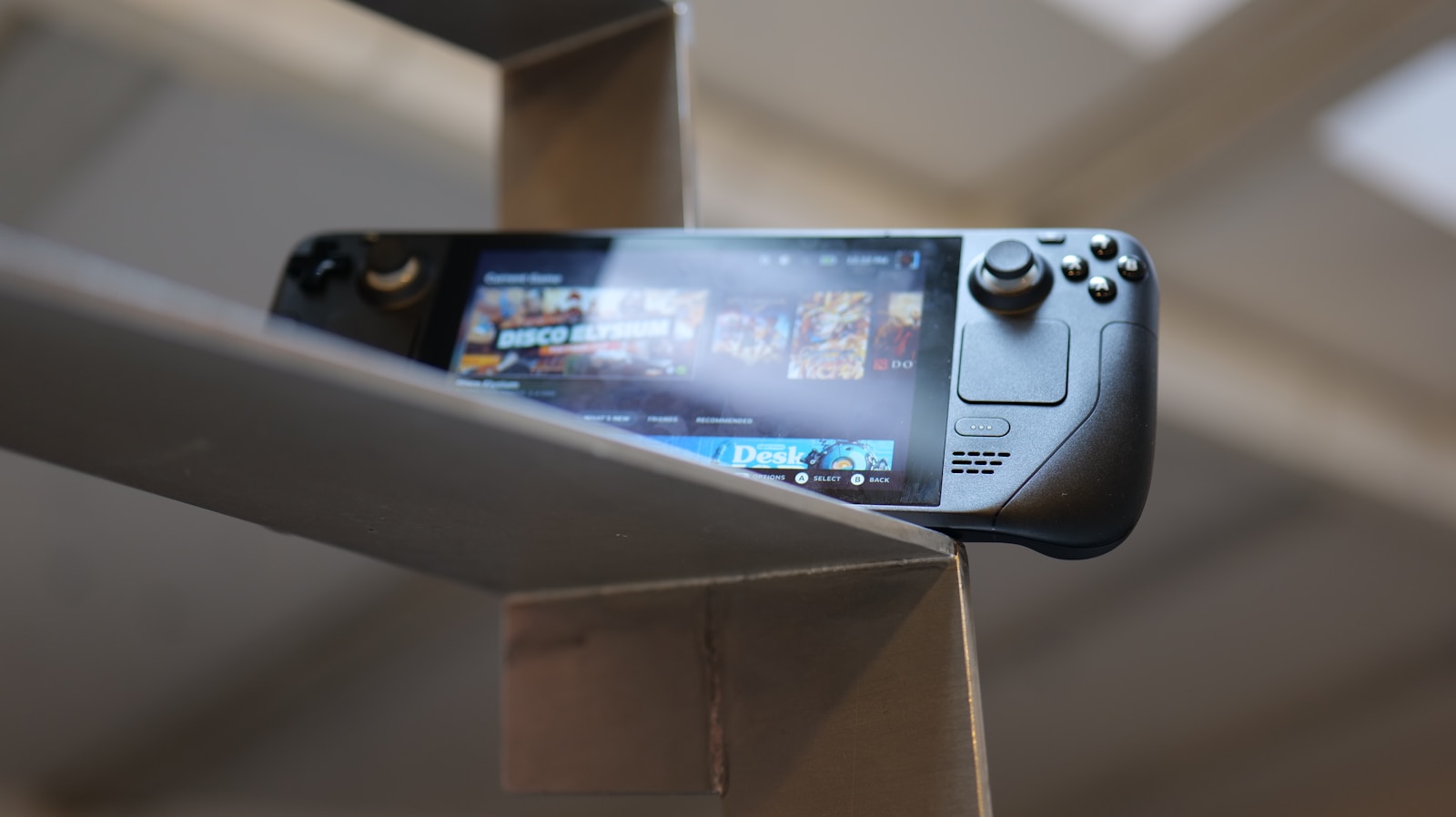In a corner of your closet, on a shelf in the garage, or tucked away in a drawer, it sits: the old laptop. Maybe it’s a relic from college, a former workhorse, or a hand-me-down from a family member. It was once a trusty companion, but now it groans under the weight of modern Windows, takes an eternity to boot, and makes browsing the web a painful exercise in patience.
Before you condemn it to the e-waste pile, what if I told you that you could make that machine fast, useful, and secure again? And what if it didn’t cost you a single penny?
Welcome to the world of Linux. This guide is your step-by-step plan to take that sluggish, forgotten laptop and transform it into a responsive and capable machine for browsing, writing, streaming, and more. It’s easier than you think, and the results can be truly astonishing.
Why Linux is a Lifesaver for Old Hardware
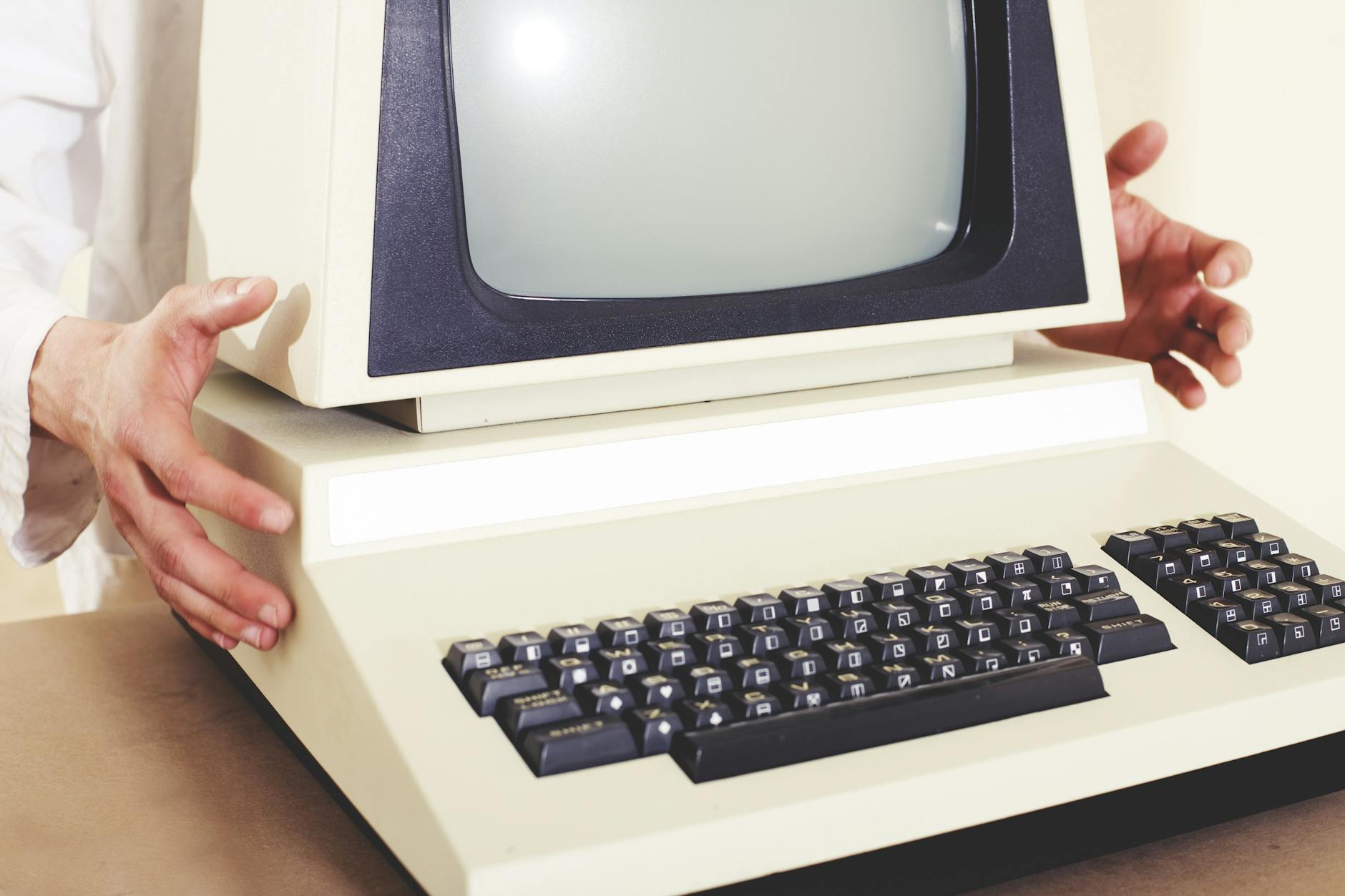
Windows and macOS are designed with the latest hardware in mind. As they add new features, they demand more processing power, more RAM, and more storage, leaving older machines behind.
Linux is different. It’s not one single operating system, but a family of them, built around the stable and efficient Linux kernel. This diversity is its greatest strength. While some Linux distributions are feature-rich and graphically intensive, hundreds are specifically designed to be lightweight, fast, and perfect for hardware with limited resources.
Here’s why Linux is the perfect solution for your old laptop:
- It’s Incredibly Efficient: Lightweight Linux distributions use a fraction of the RAM and CPU power that Windows 10 or 11 demand. This leaves more resources for your applications, making everything feel faster.
- It’s Secure: The underlying architecture of Linux makes it far less susceptible to viruses and malware than Windows. Plus, with ongoing community support, even old systems receive regular security updates.
- It’s Free: The operating system and thousands of high-quality applications (web browsers, office suites, media players) are completely free to download and use.
- It’s Customizable: You can make your Linux desktop look and feel exactly how you want it to. From a macOS-style dock to a classic Windows 2000-era taskbar, the choice is yours.
Before You Start: A Quick Hardware Check
Let’s set realistic expectations. We are not going to turn a 15-year-old laptop into a 4K video editing powerhouse. We are, however, going to make it excellent for everyday tasks. Take a quick note of your laptop’s specs, which you can usually find on a sticker on the bottom or by looking up the model number online.
- RAM: This is the most critical component.
- 1GB – 2GB: You’ll need an “ultra-lightweight” distro for a usable experience.
- 2GB – 4GB: You can run most “lightweight” and even some “medium-weight” distros comfortably. This is the sweet spot.
- 4GB+: Your options are wide open. You can run almost any Linux distribution you want.
- CPU (Processor): The main thing to check is whether you have a 32-bit or 64-bit processor. Most laptops from the last 10-12 years are 64-bit. Very old machines (pre-2007) might be 32-bit, which will limit your choice of distros, but options still exist!
Choosing Your Weapon: The Best Lightweight Linux Distros
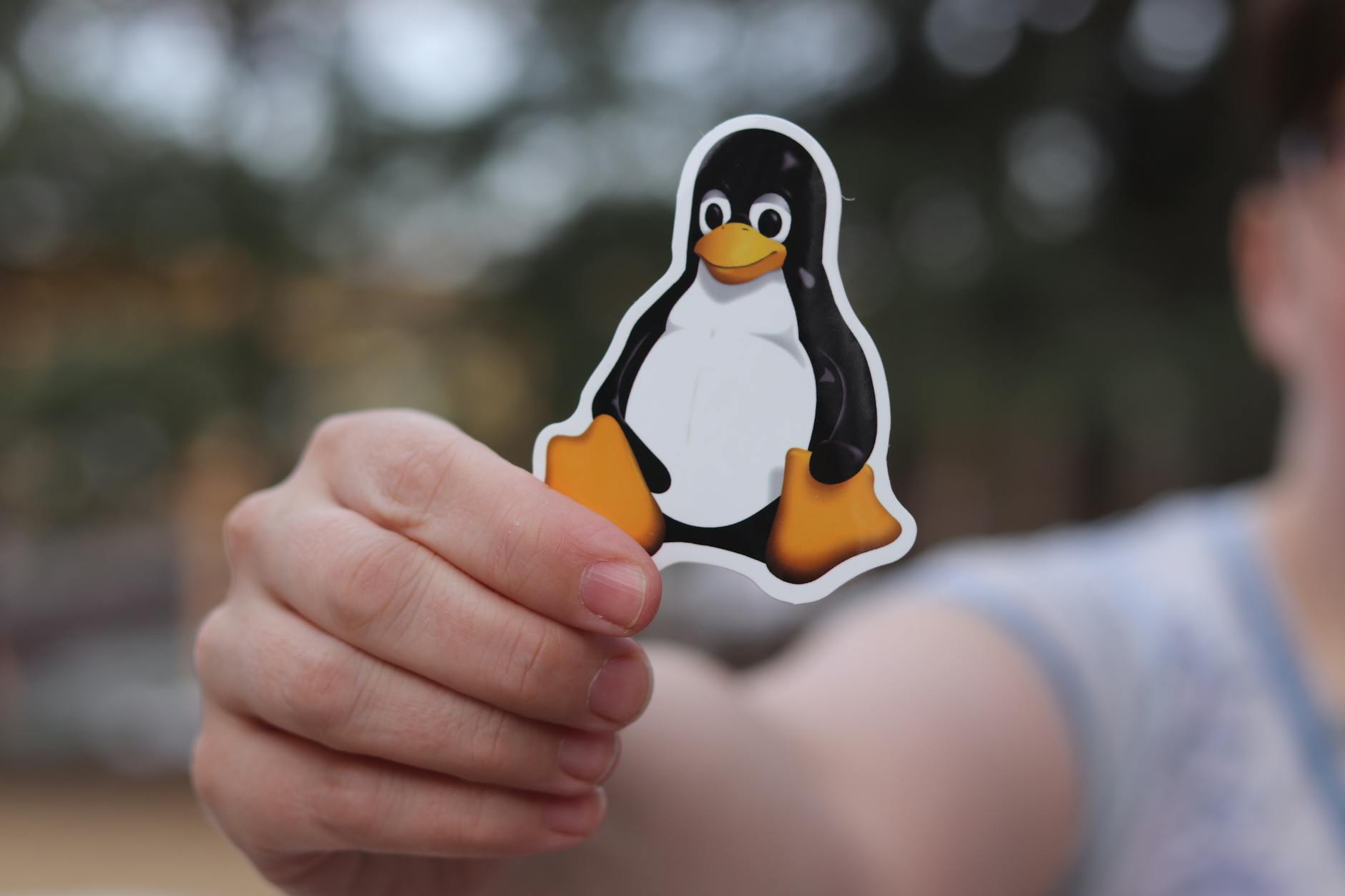
The key to a snappy experience is choosing a distribution that uses a lightweight Desktop Environment (DE). The DE is the graphical interface—the desktop, menus, and windows. While modern Windows uses one DE, Linux offers dozens. For older hardware, we want to focus on distros that use XFCE, LXQt, or MATE.
Here are the top recommendations, categorized from most user-friendly to most resource-friendly.
1. For the Linux Newcomer: Linux Mint (XFCE Edition)
If you’re new to Linux and want the smoothest transition from Windows, this is your starting point. Linux Mint is renowned for its stability, ease of use, and “it just works” philosophy.
- Desktop Environment: XFCE
- Why it’s great: It provides a classic, intuitive desktop layout with a start menu and taskbar. It comes packed with all the software you need out of the box and has a massive, helpful community. It’s polished and professional.
- Best for: Laptops with at least 2GB of RAM, where user-friendliness is the top priority.
2. The Perfect Balance: Lubuntu or Xubuntu
Lubuntu and Xubuntu are official “flavors” of Ubuntu, the world’s most popular Linux distribution. This means they benefit from Ubuntu’s huge software repositories and excellent hardware support, but they swap the default heavy desktop for something much lighter.
- Desktop Environment: LXQt (Lubuntu) or XFCE (Xubuntu)
- Why it’s great: They offer a fantastic balance of low resource usage and modern features. LXQt is particularly lean and snappy, making Lubuntu an excellent choice for systems where every megabyte of RAM counts.
- Best for: Laptops with 2GB of RAM that you want to feel as fast as possible without sacrificing access to a modern software ecosystem.
3. For the True Veterans: Bodhi Linux
When you have a machine that you thought was truly a lost cause—we’re talking 1GB of RAM and a single-core processor—Bodhi Linux is the specialist you call in.
- Desktop Environment: Moksha (a customized, lightweight DE)
- Why it’s great: Bodhi is built on a philosophy of minimalism. It provides a base system and lets you add only the software you need, keeping it incredibly lean. The Moksha desktop is surprisingly beautiful and highly configurable.
- Best for: The oldest and most resource-constrained hardware (32-bit or 64-bit). It’s for users who don’t mind a little tinkering to get things perfect.
A Step-by-Step Installation Guide
Ready to take the plunge? Here’s the general process, which is similar for all the distros mentioned above.
- Choose and Download: Pick one of the distributions from the list above and go to its official website. Download the
.isofile. Make sure to grab the 64-bit version unless you know for a fact your laptop is 32-bit. - Create a Bootable USB Drive: You’ll need a USB drive that’s at least 4GB. You’ll use a tool to write the
.isofile to it, making it bootable.
- Recommended Tool: BalenaEtcher. It’s free, works on Windows, macOS, and Linux, and is incredibly simple. Just select the ISO, select your USB drive, and click “Flash!”.
- Recommended Tool: BalenaEtcher. It’s free, works on Windows, macOS, and Linux, and is incredibly simple. Just select the ISO, select your USB drive, and click “Flash!”.
- Boot From the USB: Plug the USB drive into your old laptop. You need to tell the laptop to boot from the USB instead of its internal hard drive.
- To do this, restart the laptop and watch for a message that says “Press F2 for Setup,” “Press F12 for Boot Menu,” or something similar. Common keys are F2, F10, F12, DEL, or ESC.
- Press that key to enter the BIOS/UEFI settings or the Boot Menu. Select your USB drive from the list and press Enter.
- Try Before You Install (The “Live” Environment): The best part about modern Linux is that you can run the entire operating system from the USB drive without touching your hard drive. This is called a “live session.” Use this to test everything:
- Does the Wi-Fi work?
- Does the display look correct?
- Can you play a YouTube video?
- Get a feel for the desktop. Is it snappy?
- Run the Installer: If you’re happy with the live session, find the “Install” icon on the desktop and double-click it. The installation wizard will guide you through the process. The most important step is disk partitioning. For an old laptop you’re fully dedicating to Linux, the simplest option is “Erase disk and install distribution”. This will wipe your old Windows installation and everything on the hard drive.
Warning: This step is irreversible. Make sure you have backed up any important files from the old hard drive before choosing this option.
Welcome to Your New Old Laptop
Once the installation is complete and you reboot, you’ll be greeted by a fast, clean, and responsive desktop. The difference will likely be night and day. Your old laptop is no longer a source of frustration; it’s a useful tool once again. It’s proof that with the right software, good hardware doesn’t need to become obsolete. You’ve not only saved a machine from the landfill—you’ve given it a new lease on life.

